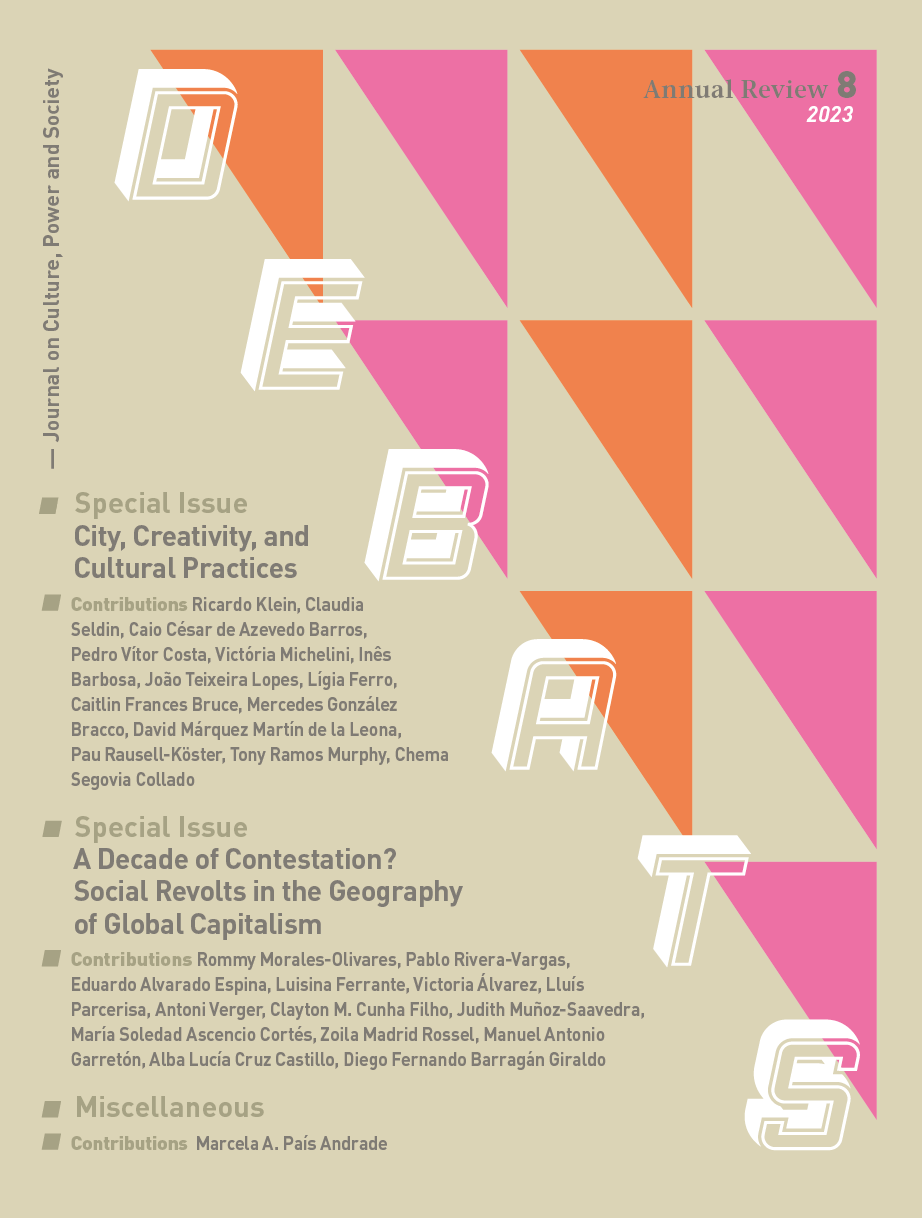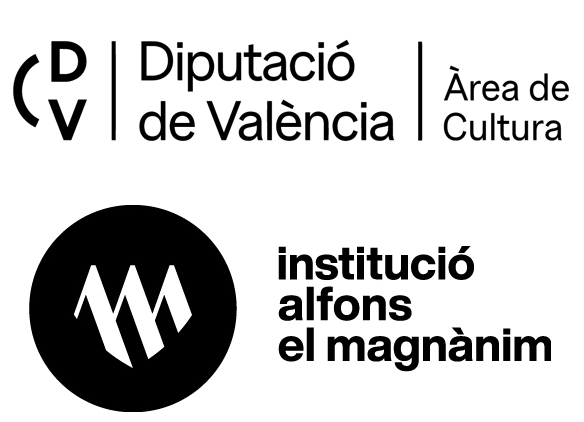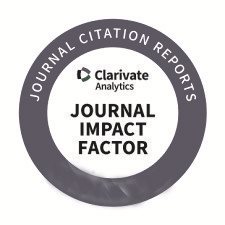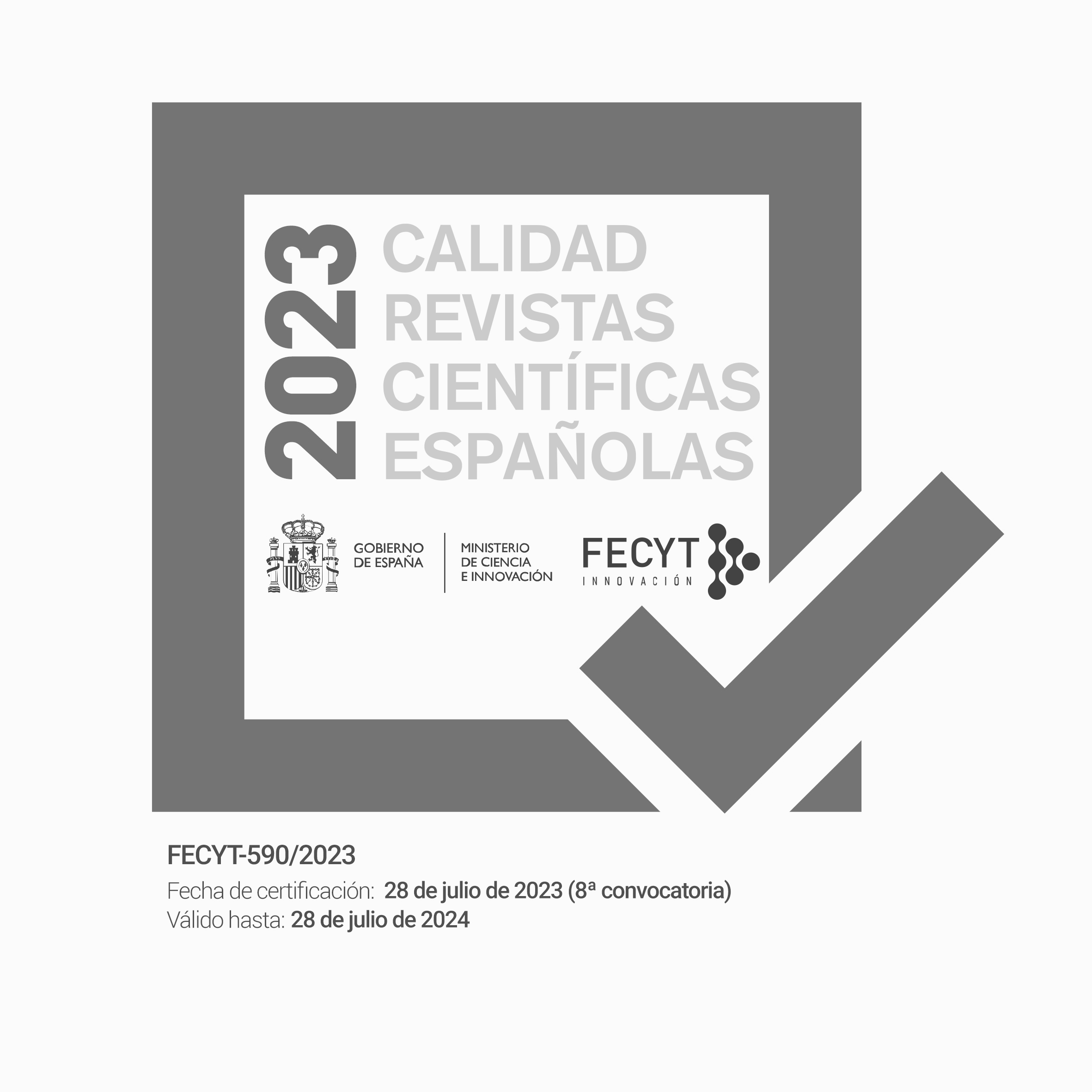From Cultural Facilities to The Cultural City Model. Key lessons from Valencia’s Faller Art City [CAF] project
Keywords:
cultural democratization; city; urban planning; cultural policies; Valencia; FallasAbstract
This paper reviews the idea of cultural facilities with a view to broadening our grasp of the role culture plays in today’s cities. In developing our argument, we first give a brief overview of the management and governance of major cities in Spain since the restoration of democracy, stressing
the role played by cultural facilities. We then reflect on cultural facilities, situating them within the framework of the Cultural Democratisation Model — a public policy paradigm whose major limitations and shortcomings need to be addressed. Our proposed alternative is ‘The Cultural City’ framework, which provides conceptual tools for reorienting and reconnecting cultural and urban policies. This framework recognises the city as an artefact with three basic functions: Repository, Interface, and Stage, and puts citizens’ cultural rights and needs first. The paper takes the case of the Strategic Plan for the Fallas Art City [CAF] to exemplify the scope offered by The Cultural City model. The case studied reveals a cultural strategy for fostering urban transformation, and a productive environment based on The Arts, creativity, and innovation. To this end, the project stresses cultural access, a collaborative locus of experience, encounter, and collaboration. The final goal of this approach to greatly broaden citizens’ cultural rights.
Downloads
References
Barbieri, N. (2014). Cultura, políticas públicas y bienes comunes: Hacia unas políticas de lo cultural. Ágora, I (1), 101–119.
Belfiore, E., & Bennett, O. (2008). The social impact of the arts: An intellectual history. Palgrave Macmillan.
Bianchini, F. (1993). Remaking European cities: the role of cultural policies. In F. Bianchini & M. Parkinson (Eds.), Cultural policy and urban regeneration: The West European experience. Manchester University Press.
Boix, Rausell, P., & Abeledo, R. (2016). The Calatrava model: reflections on resilience and urban plasticity. European Planning Studies, 1–19. https://doi.org/10.1080/09654313.2016.1257570
Borja, J. (2000). Ciudadanía y espacio público. Abya-Yala, 9–34.
Borja, J. (2003). La ciudad conquistada. Alianza Editorial.
Borja, J. (2012). La ecuación virtuosa e imposible o las trampas del lenguaje. Carajillo de La Ciudad, 12.
Bouzada, X. (2001). Los espacios del consumo cultural colectivo. Reis: Revista Española de Investigaciones Sociológicas, 91, 51–70.
Buhigas, M. (2014). Torna la indústria: Estan preparades les ciutats?
Cucó i Giner, J. (Ed.). (2013). La ciudad pervertida. Una mirada sobre la Valencia global. Anthropos.
Curran, W. (2010). In defense of old industrial spaces: Manufacturing, creativity and innovation in Williamsburg, Brooklyn. International Journal of Urban and Regional Research, 34(4), 871–885. https://doi.org/10.1111/j.1468- 2427.2010.00915.x
Delgado, M. (2016). Sobre la arquitecturización del espacio público. El Cor de les Aparences.
Esmaeilpoorarabi, N., Yigitcanlar, T., & Guaralda, M. (2018). Place quality in innovation clusters: An empirical analysis of global best practices from Singapore, Helsinki, New York and Sydney. Cities, 74, 156–168.
Evans, G. (2001). Cultural Planning... An urban renaissance? Routledge.
Ferilli, G., Sacco, P. L., Tavano Blessi, G., & Forbici, S. (2017). Power to the people: When culture works as a social catalyst in urban regeneration processes (and when it does not). European Planning Studies, 25(2), 241–258. https:// doi.org/10.1080/09654313.2016.1259397
Florida, R. (2002). The rise of the creative class. Hachette UK.
Florida, R., Adler, P., & Mellander, C. (2017). The city as innovation machine. Regional Studies, 51(1), 86–96. https:// doi.org/10.1080/00343404.2016.1255324
Gaja, F. (2015). Urbanismo concesional: Modernización, privatización y cambio de hegemonía en la acción urbana. Ciudades, 18(18), 103. https://doi.org/10.24197/ciudades.18.2015.103-126
Giner, J. C. (2013). Poniendo Valencia en el mapa global. Políticas, desarrollos urbanos y narrativas sobre la ciudad. In Metamorfosis urbanas: ciudades españolas en la dinámica global / (pp. 157–180). Icaria.
Glaeser, E. (2011). El triunfo de las ciudades: Cómo nuestra gran creación nos hace más ricos, más listos, más sostenibles, más sanos y más felices.
Grodach, C., O’Connor, J., & Gibson, C. (2017). Manufacturing and cultural production: Towards a progressive policy agenda for the cultural economy. City, Culture and Society, 10 (April), 17–25. https://doi.org/10.1016/j.ccs.2017.04.003 Harvey, D. (1989). From managerialism to entrepreneurialism: The transformation in urban governance in late capitalism. Geografiska Annaler. Series B, Human Geography, 71(1), 3–17.
Hernández, G.-M., & Rius-Ulldemolins, J. (2016). La política cultural en las grandes ciudades: Giro emprendedor, globalización y espectacularización en la modernidad avanzada. In J. A.
Rius-Ulldemolins, Joaquim; Rubio Arostegui (Ed.), Treinta años de políticas culturales en España: participación cultural, gobernanza territorial e industrias culturales (pp. 45–87). Publicacions de la Universitat de València.
Hutter, M. (1997). From public to private rights in the art sector. Boekmancahier, 9(32), 170–176.
Iglesias, M., Martí-Costa, M., Subirats, J., & Tomàs, M. (2011). Políticas urbanas en España: Grandes ciudades, actores y gobiernos locales. In Políticas Urbanas en España. Grandes ciudades, actores y gobiernos locales. Icaria.
Inglehart, R., & Welzel, C. (2005). Modernization, Cultural Change, and Democracy The Human Development Sequence. In Cambridge University Press.
Jacobs, J. (1961). The death and life of great American cities. Vintage Books.
Jacobs, J. (1986). Las ciudades y la riqueza de las naciones: principios de la vida económica (Vol. 5). Ariel. Landry, C. (2000). The creative city: A tool-kit for urban innovators. Earthscan. Marrades, R., Collin, P., Catanzaro, M., & Mussi, E. (2021). Planning from failure: Transforming a waterfront through experimentation in a placemaking living lab. Urban Planning, 6(1), 221–234. https://doi.org/10.17645/up.v6i1.3586 Martínez Illa, S. (2015). La pertinència de la planificació cultural com a mètode preventiu de la proliferació d’elefants blancs: El cas del PECCat 2010-20. Arxius de Sociologia, 33, 71–86.
Martínez, R. (2016). Cultura viva o todo lo que pasa a pesar de las políticas culturales. Jornadas Cultura Viva.
Menger, P.-M. (2010). Cultural policies in Europe: From a state to a city-centered perspective on cultural generativity (No. 10–28; GRIPS Discussion Paper).
Négrier, E. (2003). Las políticas culturales en Francia y España. Una aproximación nacional y local comparada (No. 226; WP ).
Oldenburg, R. (2006). The character of third places. In S. Tiesdell & M. Carmona (Eds.), Urban Design Reader (p. 384). Routledge.
Pascual, J. (2012). Tots som Hamlet. Interacció. Sostenibilitat i Cultura.
Pascual, J. M. (2001). De la planificación a la gestión estratégica de las ciudades. Elements de Debat Territorial, 13.
Peterson, C., Park, N., & Seligman, M. E. P. (2005). Orientations to happiness and life satisfaction: The full life versus the empty life. Journal of Happiness Studies, 6(1), 25–41. https://doi.org/10.1007/s10902-004-1278-z
Pratt, A. C. (2014). Cities: The cultural dimension. Global City Challenges. https://doi.org/10.1057/9781137286871.0012 Precedo, A., & Míguez, A. (2014). Una radiografía de las ciudades españolas: Una evaluación del modelo postindustrial. In R. C. Lois & Á. Miramontes (Eds.), Reflexiones sobre las ciudades y el sistema urbano en tiempos de crisis (pp. 15–69). Universidad de Santiago de Compostela.
Ramos-Murphy, T. (2021). Análisis de la función de los espacios culturales en la redefinición de las políticas culturales de las ciudades: Un estudio de los casos de las áreas metropolitanas de Las Palmas de Gran Canaria y Santa Cruz de Tenerife- San Cristóbal de la Laguna. Universitat de València.
Rausell-Köster, P. (2010). Valencia desde la huerta al ocio. In J. Sorribes (Ed.), Valencia, 1957-2007. De la riada a la Copa del América. Publicacions de la Universitat de València.
Rausell-Köster, P. (2013). Ciudad, cultura e innovación. In J. Sorribes (Ed.), La Ciudad. Economía, Espacio, Sociedad y Medio Ambiente. Tirant lo Blanch.
Rausell-Köster, P., Abeledo, R., Carrasco, S., & Martinez-Tormo, J. (2007). Cultura: Estrategia
para el desarrollo local. In Pau Rausell Kóster (dir.). http://ceeialcoi.emprenemjunts.es/descargas/1634_descarga.pdf
Rius-Ulldemolins, J., Hernàndez I Martí, G.-M., & Torres, F. (2016). Urban Development and Cultural Policy “White Elephants”: Barcelona and Valencia. European Planning Studies, 24(1), 61–75. https://doi.org/10.1080/09654313.2015.1075965
Rius-Ulldemolins, J., & Rubio-Arostegui, J. A. (2016). Política cultural y grandes equipamientos culturales en el Estado español: Los retos de gestión y gobernanza en el contexto internacional. In Treinta años de políticas culturales en España. Participación cultural, gobernanza territorial e industrias culturales. Publicacions de la Universitat de València.
Rius-Ulldemolins, J., & Rubio Aróstegui, J. A. (2016). Política cultural y grandes equipamientos culturales en el Estado español. Los retos de gestión y gobernanza en el contexto internacional. In Treinta años de políticas culturales en España. Participación cultural, gobernanza territorial e industrias culturales. Universitat de Vàlencia.
Rowan, J. (2016). Cultura libre de Estado. Traficantes de Sueños.
Santamarina Campos, B. (2014). La Ciudad suplantada. Percepciones sobre los nuevos imaginarios (turísticos) de la ciudad de Valencia. Pasos. Revista de Turismo y Patrimonio Cultural, 12(4), 707–718. http://www.pasosonline.org/articulos/723-la-ciudad-suplantada-percepciones-sobre-los-nuevos-imaginarios-turisticos-de-la-ciudad-de-valencia
Santamarina Campos, B., & Moncusí, A. (2013). D’hortes i barraques a galàxies faraòniques. Percepcions socials sobre la mutació de la ciutat de València. Papers: Revista de Sociologia, 98(2), 365–391. http://www.raco.cat/index.php/ Papers/article/view/263709
Savini, F., & Dembski, S. (2016). Manufacturing the creative city: Symbols and politics of Amsterdam North. Cities, 55, 139–147. https://doi.org/10.1016/j.cities.2016.02.013
Schedler, K., & Proeller, I. (2005). The new public management: A perspective from mainland Europe. In New Public Management (pp. 175–192). Routledge.
Schuster, J. M. (1998). Neither public nor private: The hybridization of museums. In Journal of Cultural Economics (Vol. 22). Scott, A. J. (2000). The cultural economy of cities. Sage.
Scott, A. J. (2006). Creative cities: Conceptual issues and policy questions. Journal of Urban Affairs, 28(1), 1–17. https:// doi.org/10.1111/j.0735-2166.2006.00256.x
Segovia, C. (2019). Cultura en clave urbana: Marco conceptual y orientaciones para la elaboración
de estrategias y proyectos. Universitat Oberta de Catalunya (UOC). http://openaccess.uoc.edu/webapps/o2/handle/10609/101466
Segovia, C., Marrades, R., Rausell-Köster, P., & Abeledo, R. (2015). Espacios para la innovación,
la creatividad y la cultura. PUV. http://www.econcult.eu/es/publicaciones/espacios-para-la-innovacion-la-creatividad-y-la-cultura/
Sen, A. (1999). Development as freedom. Oxford University Press.
Sennett, R. (2014). L’espai públic: Un sistema obert, un procés inacabat. Arcadia.
Downloads
Published
How to Cite
Issue
Section
License
Without prejudice to the provisions of article 52 of Spanish Law 22/1987 of November 11 on Intellectual Property, BOE (official state bulletin) of November 17, 1987, and pursuant to said legislation, the author(s) surrender(s) free of charge its rights of edition, publication, distribution and sale of the article, for its publication in Debats. Journal on Culture, Power and Society.
Debats. Journal on Culture, Power and Society is published under the Creative Commons license system in accordance with the «Recognition - Non-Commercial (by-nc) modality: The generation of derivative works is permitted provided that commercial use is not made. Nor can the original work be used for commercial purposes».
Thus, when the author submits his/her contribution, he/she explicitly accepts this assignment of publishing and publishing rights. Authors also authorize Debats. Journal on Culture, Power and Society to include their work in an issue of the journal to be distributed and sold.











